Your core is made up of the groups of muscles that provide stability in the abdominal and lower back regions. It includes your abs and the deep muscles that surround and support your spine. These muscles also coordinate the movement of your arms, legs, and spine. Ideally, your core and low back work together in a balance of strength and flexibility. A lack of flexibility or strength in your core can contribute to low back pain.
Strengthening your core muscles can help your endurance, improve your posture, and take the pressure off your low back. Having strong core muscles makes it less likely that you will suffer back pain and can give you better balance. Everything you do in daily life or during a workout will be easier if you have a strong and flexible core. It's the centerpiece of all body movement.
A strong and flexible core can help improve your posture, balance, and reduce your risk of experiencing back pain.
When your core muscles contract, they stabilize your spine, pelvis, and shoulder girdle to create a solid foundation for movement.
Weak core muscles can alter your posture and spinal curves which often leads to back pain.
There are a million ways to work your core. So how can you decide what's best? Just ask us! We are happy to provide you with some of our favorite core strengthening exercises to fit your activity level and health goals. Some of the most efficient core exercises don't require any additional equipment, just the desire to improve your health with better strength and flexibility.
